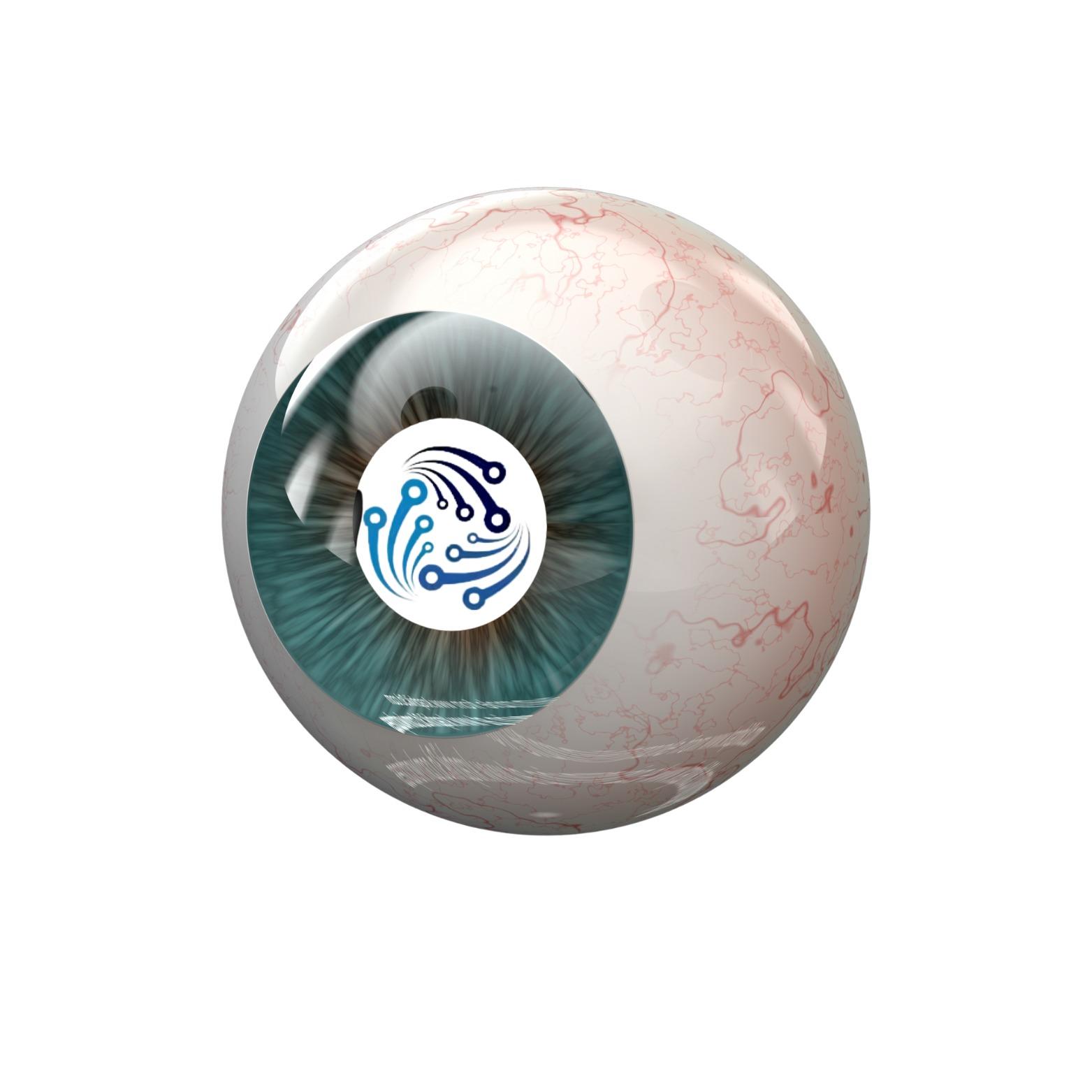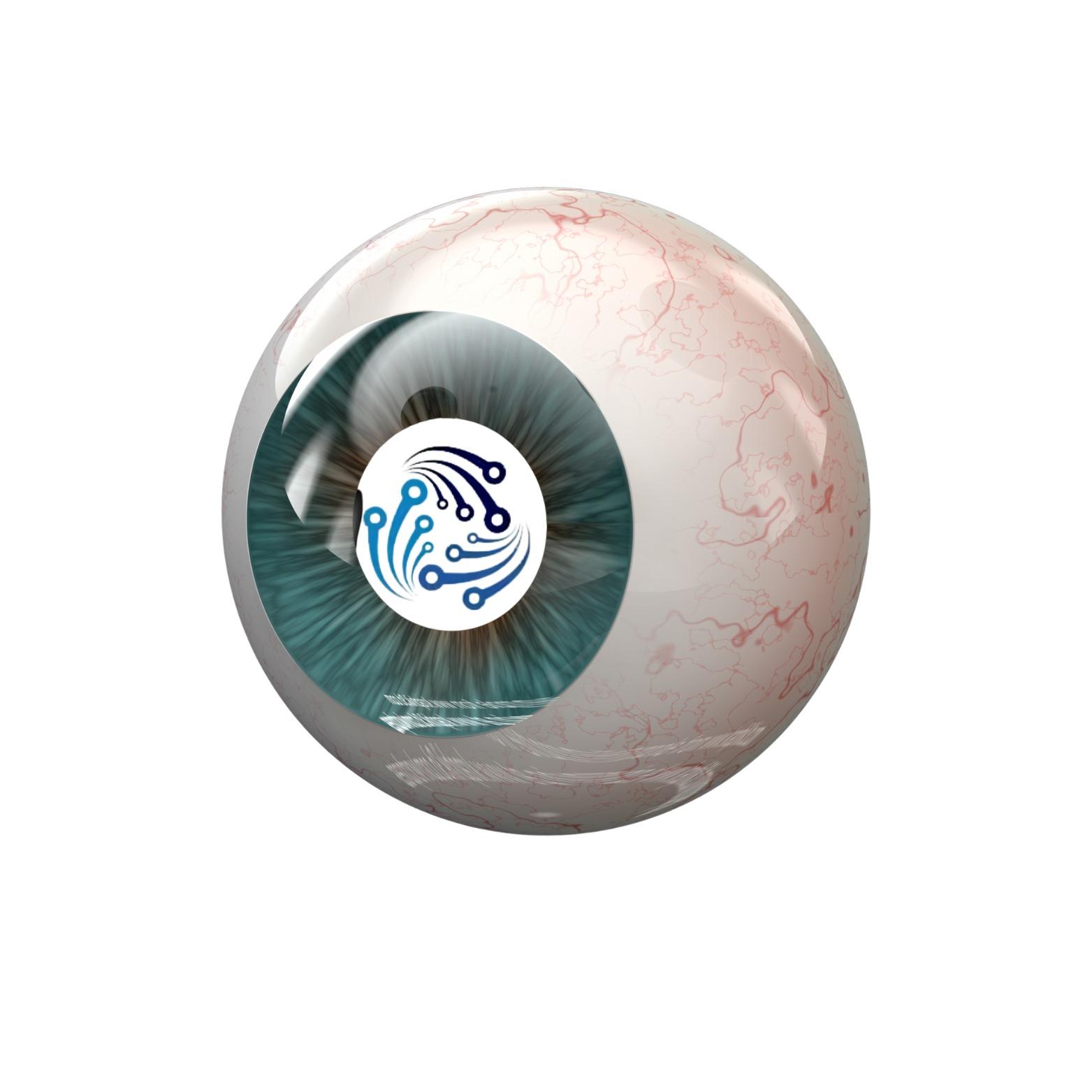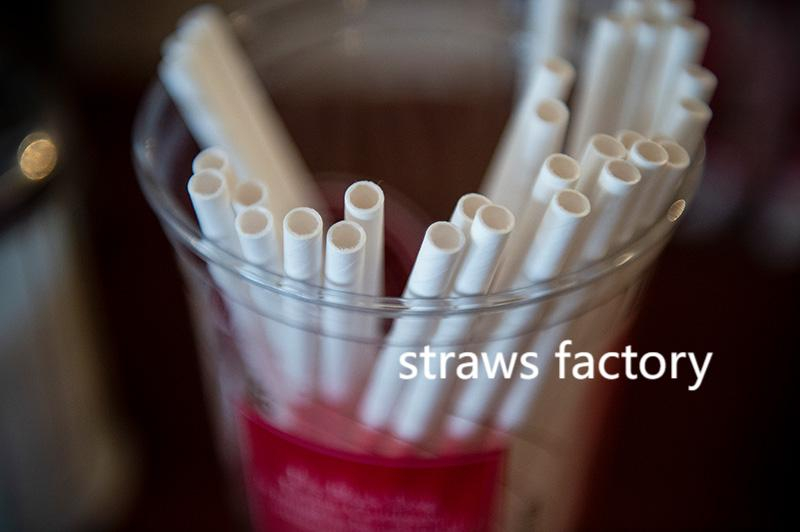Paper Straws Manufactory operations have evolved to meet the increasing demand for sustainable alternatives to plastic, driven by both environmental concerns and consumer preference for eco-friendly products. As plastic straws have been banned or restricted in many countries due to their harmful effects on the environment, paper straws have quickly gained traction as a biodegradable and environmentally responsible alternative. The production of paper straws involves using renewable raw materials like sustainably sourced paper, which is treated to ensure durability and resistance to liquids without compromising the eco-friendly nature of the product.
The paper used in these straws typically comes from responsibly managed forests, ensuring that the raw material is sourced in an environmentally conscious manner. Once harvested, the paper undergoes a special treatment process at the paper straws manufactory, where it is converted into layers of reinforced paper. This construction allows the straw to withstand liquids for an extended period, unlike traditional paper straws, which were often criticized for becoming soggy and weak too quickly. To ensure strength and longevity, manufacturers also apply natural coatings, which help maintain the structural integrity of the straws even in hot or cold beverages.
Beyond raw material sourcing and manufacturing processes, one of the significant challenges that paper straws manufactory faces is creating a product that is both functional and biodegradable. Unlike plastic, which can persist in the environment for hundreds of years, paper is naturally decomposable, reducing the long-term environmental impact of disposable products. Manufacturers must therefore find a balance between producing durable straws that perform well for consumers and ensuring that the end product is easily biodegradable under typical waste management conditions.
In recent years, technological advancements in paper straw production have greatly improved the quality and appeal of the product. Many paper straws are now available in a variety of sizes, colors, and designs, making them an attractive option for a wide range of businesses, from cafes and restaurants to hotels and event venues. This customization potential has further increased the popularity of paper straws, as businesses can now offer aesthetically pleasing and environmentally responsible alternatives to plastic. The versatility of paper straws also means that they can be easily integrated into branding campaigns, allowing companies to promote their commitment to sustainability while offering high-quality products.
Another noteworthy aspect of paper straws manufactory is the implementation of green manufacturing practices. Many factories are investing in renewable energy sources, such as wind and solar power, to reduce their carbon footprints and make their production processes more sustainable. Additionally, waste reduction initiatives are being adopted to minimize the environmental impact of production by ensuring that any byproducts are reused or recycled. This commitment to sustainability not only improves the environmental footprint of the manufacturing process but also aligns with the growing consumer demand for transparency and eco-conscious practices.
As the global demand for eco-friendly products continues to rise, paper straws manufactory is likely to play an increasingly important role in the fight against plastic pollution. With their biodegradable nature and growing availability in a variety of sizes and styles, paper straws provide an accessible and sustainable solution to the widespread issue of plastic waste. By continuing to innovate in manufacturing practices and material sourcing, paper straws manufactory can contribute to a cleaner, greener planet for future generations.For more information on sustainable paper straws, visit sotonstraws.com .



